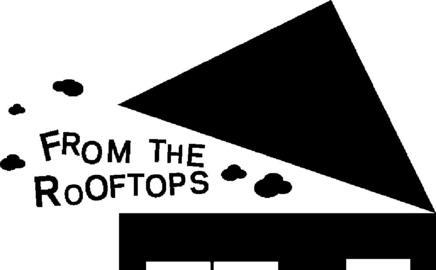Forget the fabric of the building, inside the home is where you can make a real impact on its green rating. Anna Scothern of the National Centre for Excellence in Housing tells us how to score some points
When designing a zero-carbon home, where does a housebuilder start? The obviously place, and the one that seems to have the most impact, is the building fabric. As long as each home is airtight and has a low U-value, you’re on your way to an energy-efficient building.
But how do you hit the higher levels of the Code for Sustainable Homes? While attending to the building envelope, it is easy to forget that the way residents live can heavily influence a building’s rating. We spend a major part of our time at home in the kitchen and bathroom, so modifying behaviour in these can have a big impact on what level a building reaches.
The code categories that get most attention are energy and water use, while the less popular ones include health and wellbeing, materials and ecology. The design of kitchens and bathrooms can affect all these and, therefore, the home’s overall rating.
Water
To achieve levels five and six of the code, the home must enable each person to use a maximum of 80l of potable water a day – and that includes washing, drinking, cooking and flushing the loo.
Does this sound like a lot? Not when I tell you an average wash and brush-up under a power shower uses up the whole 80 litres in one go; leaving the tap on while brushing your teeth is another nine litres, and every flush of the loo sends eight litres of potable water hurtling down the drain. Washing your car with a hosepipe wastes 480 litres of drinking-quality water.
The UN says the minimum amount of water needed per person per day is 50 litres, so at code level six we’re still using more than we need.
This is where water metering can be useful. It is becoming much more widespread and, by making us aware of how much water we are using for daily tasks in the bathroom and kitchen, it should discourage waste.
Energy
A clock on your microwave, costs £24 a year to power. Do you need that clock? Smart-metering will provide occupiers
with this type of knowledge
Level five and six homes are both “zero carbon”. The difference is that level five homes must have no emissions from heating lighting and hot water, whereas a level six home must have zero net greenhouse gas emissions for heating, lighting, hot water, and all appliances.
For level five, the target emission rate must be at least 100% better than that achieved in 2005 using SAP. At least 75% of internal lighting must be energy efficient, internal drying space for clothes must be incorporated, all white goods must be energy-efficient and the building must reduce emissions by 15% by using low or zero-carbon technologies. All these should be considered, in particular, when designing a kitchen.
And the rest …
As far as the heath and wellbeing category goes, the kitchen requires the highest daylight factor of all habitable rooms. The code also suggests a semi-private outside space, and what better place to have it than directly off the kitchen. This enables al fresco dining, and a direct route outside to carry compostable waste. This will score you more credits in the waste category, which states that recycling and waste bin space must be provided for each home.
To finish, here’s an interesting fact: a clock on a microwave costs £24 a year in electricity to power. Do you really need that clock? To get closer to the zero-carbon home, we need to start altering our daily routine and designing homes that help us do so. Smart-metering technologies will provide occupiers with this knowledge and enable people to make informed decisions.
With rising awareness, standard features and habits may change. This includes avoiding high flow-rate taps and showers, only using water-minimising white goods and dual-flush toilets, and embracing proven new technologies.
The kitchen and bathroom might seem like an odd place to hold the debate over zero-carbon housing, but they may just be the places to make the real difference.
How to score points
Water
Rainwater recycling;Collecting and storing rain from roofs to replace potable water in WCs and washing machines
Greywater recycling;Collecting shower, bath and tap water for WCs and washing machines
Water reduction equipment Fittings such as flow restrictors may be fitted in taps and showers, and delayed inlet valves in WCs.
Waste
Where there is no external storage for recyclable waste and no local authority collection scheme, dedicated internal storage for recyclable waste should be provided in the form of three internal storage bins with a total capacity of 60 litres.
If there is a local authority scheme, this internal storage capacity can be reduced but must still be provided unless there is adequate external storage within 10m of an external door.
Energy
Buy white goods that are eco-labelled: fridge-freezers with an A+ rating under an EU labelling scheme and washing machines and dishwashers with an A rating and washer driers and tumble driers with a B rating. If white goods aren’t provided, then an information pack on energy ratings should be.
Postscript
Anna Scothern is director of the National Centre for Excellence in Housing. For more information call 01923-664775 or visit www.homein.org




























No comments yet